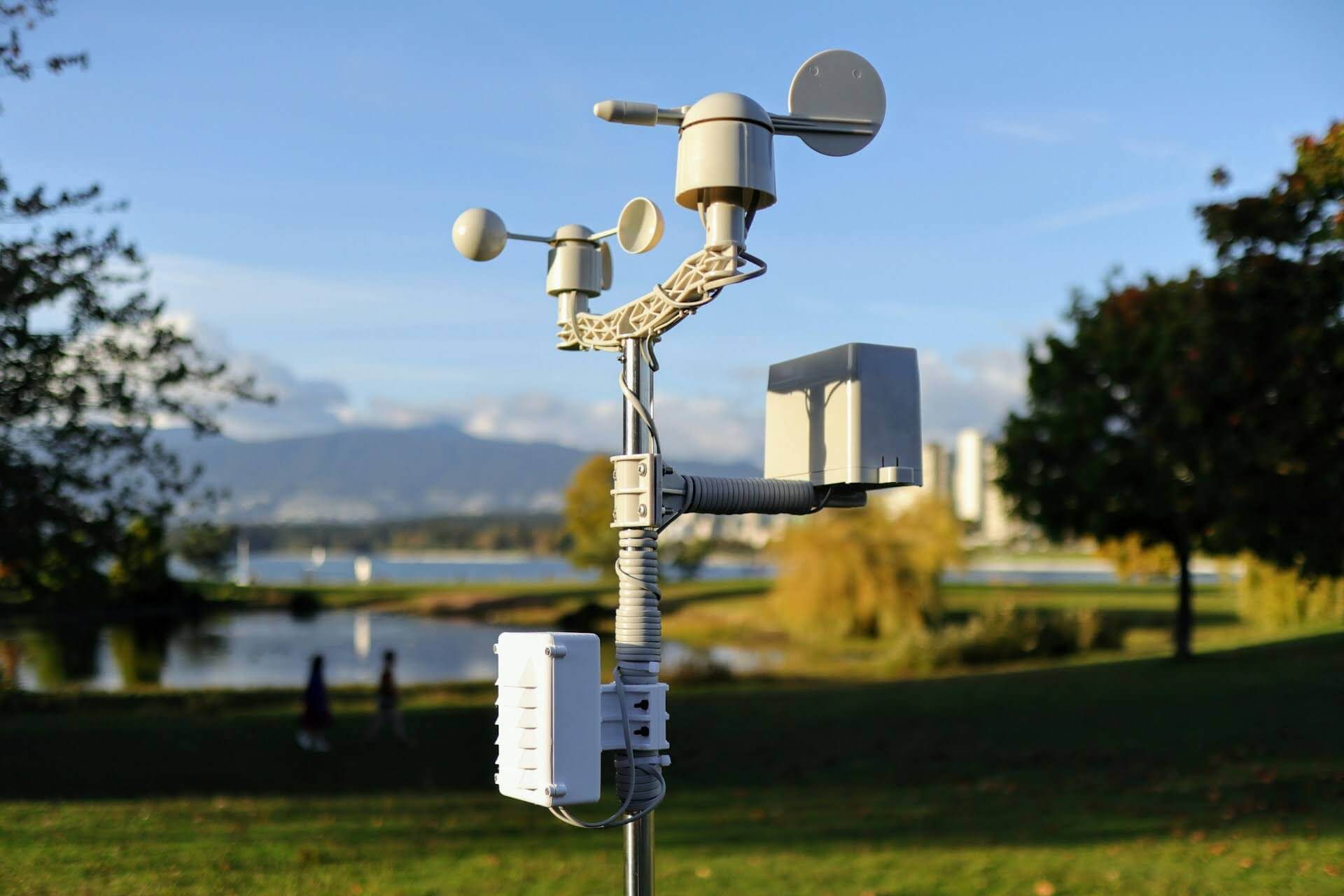Smart City Weather Monitoring with LoRaWAN
Macnman deployed LoRaWAN-powered weather stations across key locations in the smart city to provide continuous monitoring of temperature, humidity, air pressure, and rainfall.
This enabled city authorities to make data-driven decisions, optimize public services, and enhance urban resilience against extreme weather events.

Problems in Smart City Weather Monitoring
Urban authorities often struggle with real-time weather data in city environments. Traditional systems provide delayed or incomplete information, making it difficult to manage air quality, traffic, and emergency responses efficiently. Without accurate monitoring, planning and preventive measures for weather-related events become challenging

Unreliable Urban Data
Traditional weather reporting lacked real-time city-wide coverage.

Infrastructure Limitations
Harsh urban conditions affected sensor performance and data reliability.

Disconnected Sensors
No unified network to gather environmental data from multiple locations.

No Data Insights
City managers had no actionable insights for climate-driven decisions
The Solution: LoRaWAN Weather Stations for Smart Cities
Macnman LoRaWAN weather stations provide real-time temperature, humidity, pressure, and wind data for smarter farm management and optimized crop protection.
- 01
Real-Time Environmental Data
Continuously monitors temperature, humidity, wind speed, rainfall, and air quality.
- 02
Centralized Dashboard
All sensor data feeds directly to a single city control platform
- 03
Actionable Insights
Enables city planners to optimize traffic, improve public safety, and respond to weather changes.
- 04
Reliable Long-Range Connectivity
LoRaWAN ensures uninterrupted data transmission across urban areas.
- 05
Low Maintenance
Sensors are easy to install and running on the solar energy so overall maintenance cost of the system is low
- 06
Scalable Architecture
Sensors network is flexible and can be expanded across multiple city zones.
LoRaWAN Weather Station Architecture

Deployment of LoRaWAN Weather Station for Smart Cities
The LoRaWAN weather station was deployed across the small area assigned in city using high-accuracy sensors and Macnman’s LoRaWAN gateway to enable real-time farm weather monitoring and data-driven decisions.
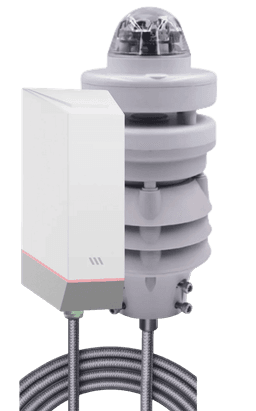
MacSync Weather Station
Mounted on a sturdy pole at an open field location to ensure unobstructed wind and sunlight measurements.
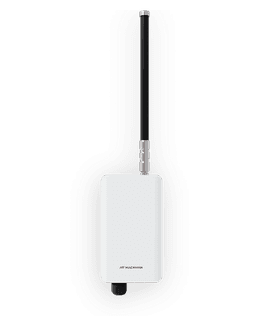
Industrial LoRaWAN Gateways
Positioned at central locations to collect data from all nodes and forward it securely to the cloud platform.

Central Monitoring Dashboard
Provided operators with live status, historical data, and performance analytics for parking utilization and sensor uptime.
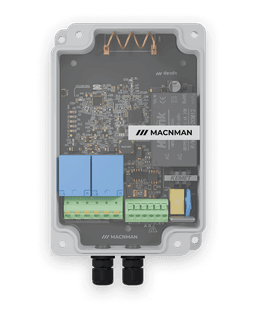
Industrial LoRaWAN Controller
Installed at the central rooms to give any alerts from the servers to teams in case of any parameters are crossing the thresholds.

Challenges Faced During Smart City Weather Station Deployment
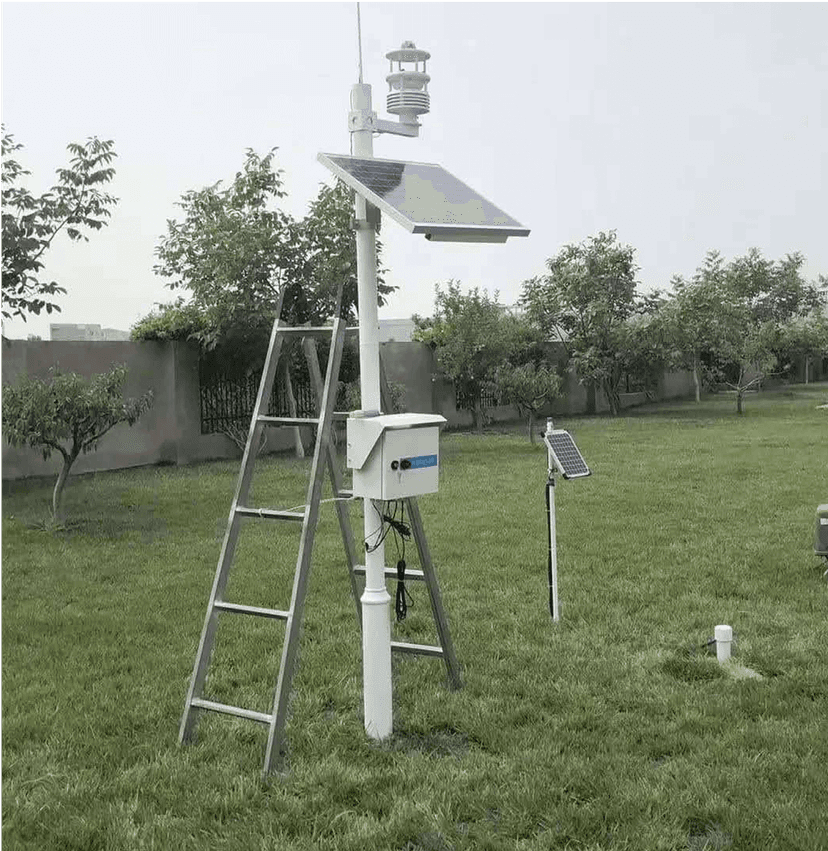

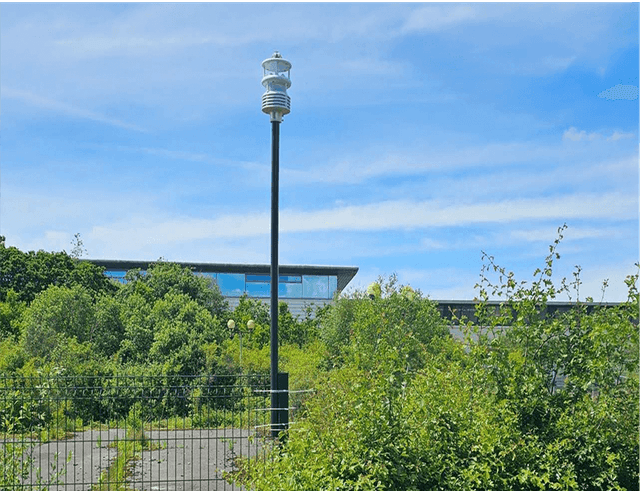

Overcoming Urban Signal Barriers
Ensuring stable LoRaWAN connectivity across dense city infrastructure for reliable weather data.
Weatherproofing for Reliable Data
Protecting sensors from rain, dust, and extreme temperatures to maintain uninterrupted monitoring.
Sensor Accuracy & Calibration
Sensors calibration was needed to ensure real-time accuracy for temperature, humidity, and rainfall data.
Weatherproofing Protection
Continuous exposure to dust and moisture required rugged enclosures for long-term reliability.
Validation of the Smart City Weather Monitoring System
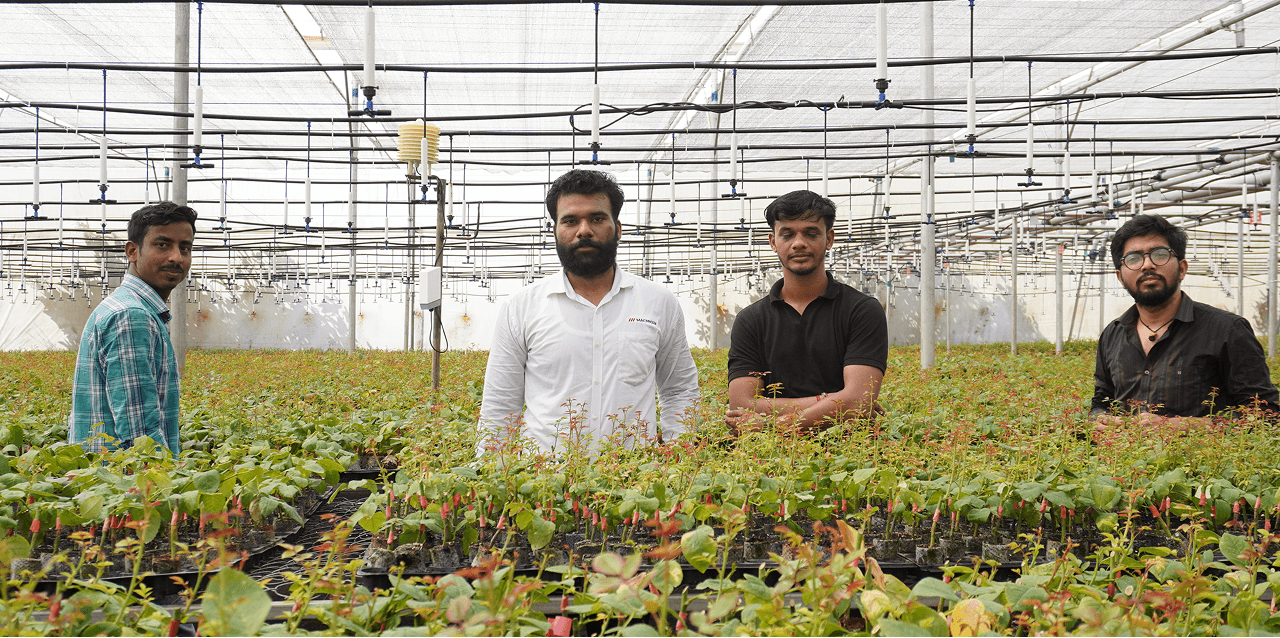
Data Accuracy Verified
Sensor readings were cross-checked with IMD-certified instruments, ensuring ±2% accuracy across parameters.
Reliable LoRaWAN Connectivity
Field tests confirmed stable long-range transmission, even in dense urban areas with interference.
24/7 Cloud Integration Tested
Continuous data flow to the city dashboard validated uptime above 99.5%.
Compliance and Calibration Approval
All sensors calibrated as per ISO standards and validated under municipal quality audits
Impact of Smart City Weather Station Deployment

Real-Time Weather Insights
City officials access accurate temperature, humidity, and rainfall data instantly for better planning.
Improved Urban Safety
Early alerts for heavy rainfall or storms help prevent flooding and infrastructure damage.
Optimized City Operations
Data-driven decisions improve traffic, energy, and public services efficiency.
Long-Term Environmental Monitoring
Continuous monitoring supports climate analysis and sustainable urban planning.
Conclusion: Smart City Weather Insights with LoRaWAN
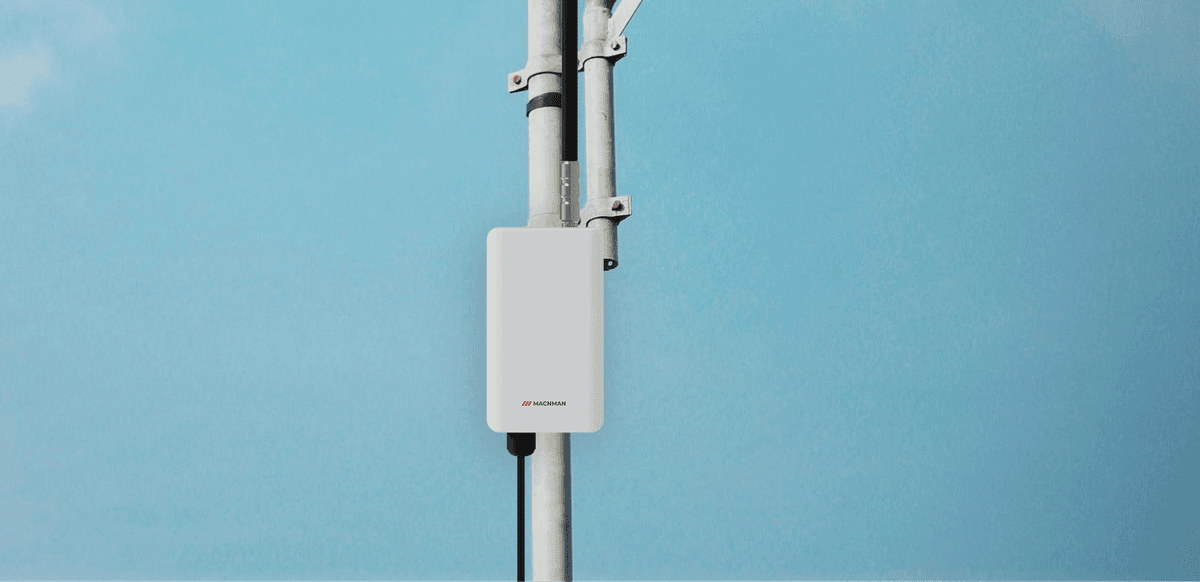
The LoRaWAN weather stations delivered real-time, accurate, and actionable weather data across the city. With seamless connectivity, reliable performance, and compliance-verified sensors, the system empowers urban planners and authorities to make informed decisions, optimize city operations, and enhance citizen safety and comfort
Ready to Transform Your Farm with IoT?
